Fujifilm GFX50S II revolutionizes medium format… again!
The Fujifilm GFX50S II has a new, sleeker design, a new, lower price, in-body stabilisation and a new affordable kit lens
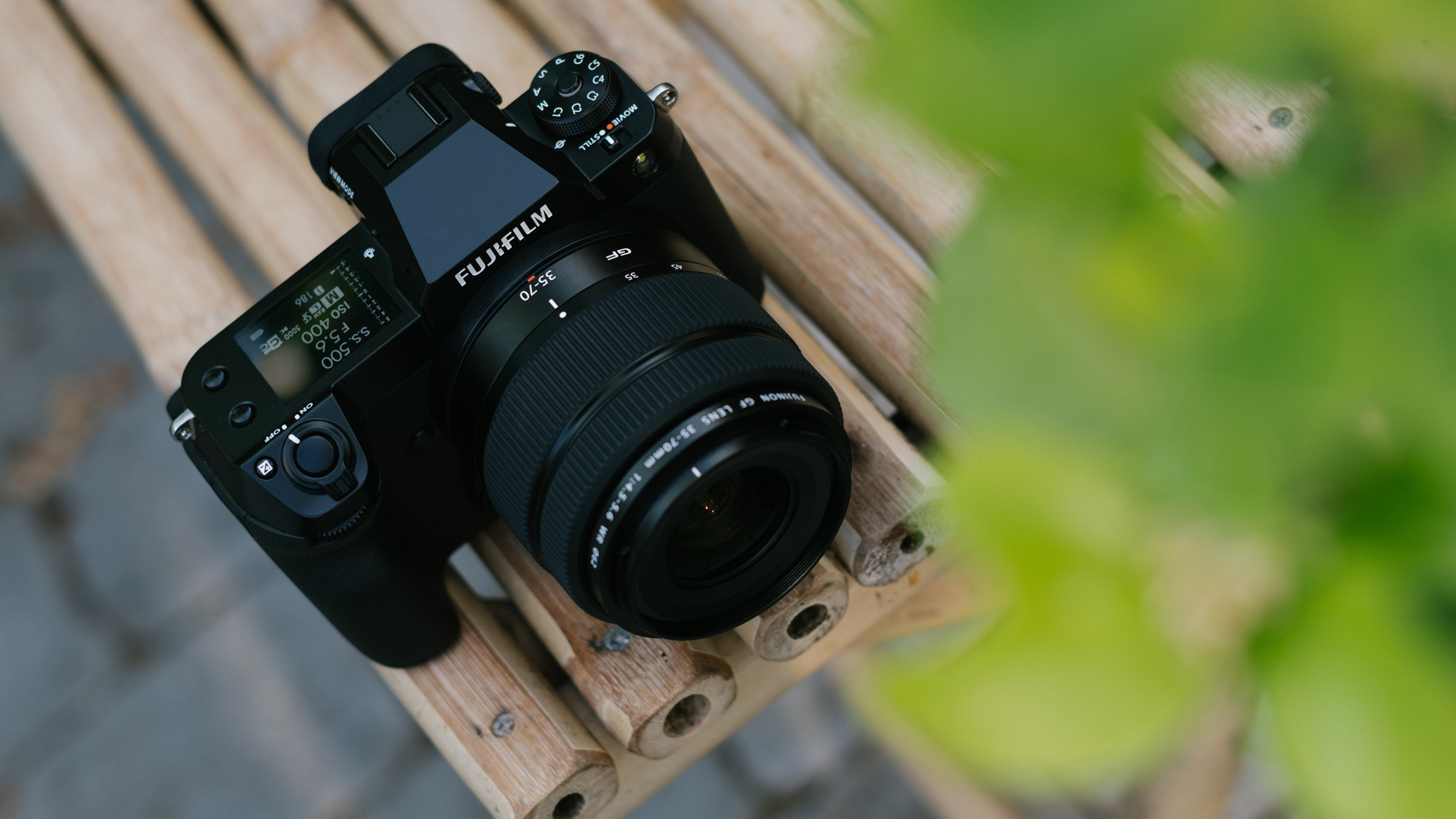
The Fujifilm GFX50S II is the new base model in the Fujifilm medium format range, replacing the original GFX50S, which was discontinued in February 2021, and also the GFX50R, which is being retired as of now. See our hands on Fujifilm GFX50S II review!
We’ll be sorry to see the GFX50R go as that’s one of our favorite cameras, but as Fujifilm points out, the new model is the same price, and a much more sophisticated camera.
We go into more detail below, but the key features of the GFX50S II are the same 51.4MP sensor, but a new, more compact design and in-body stabilization.
Read more:
• X Summit Prime 2021 report
• Latest Fujifilm GF lens roadmap
• New Fujifilm X-T30 II
• Latest Fujifilm X-mount lens roadmap
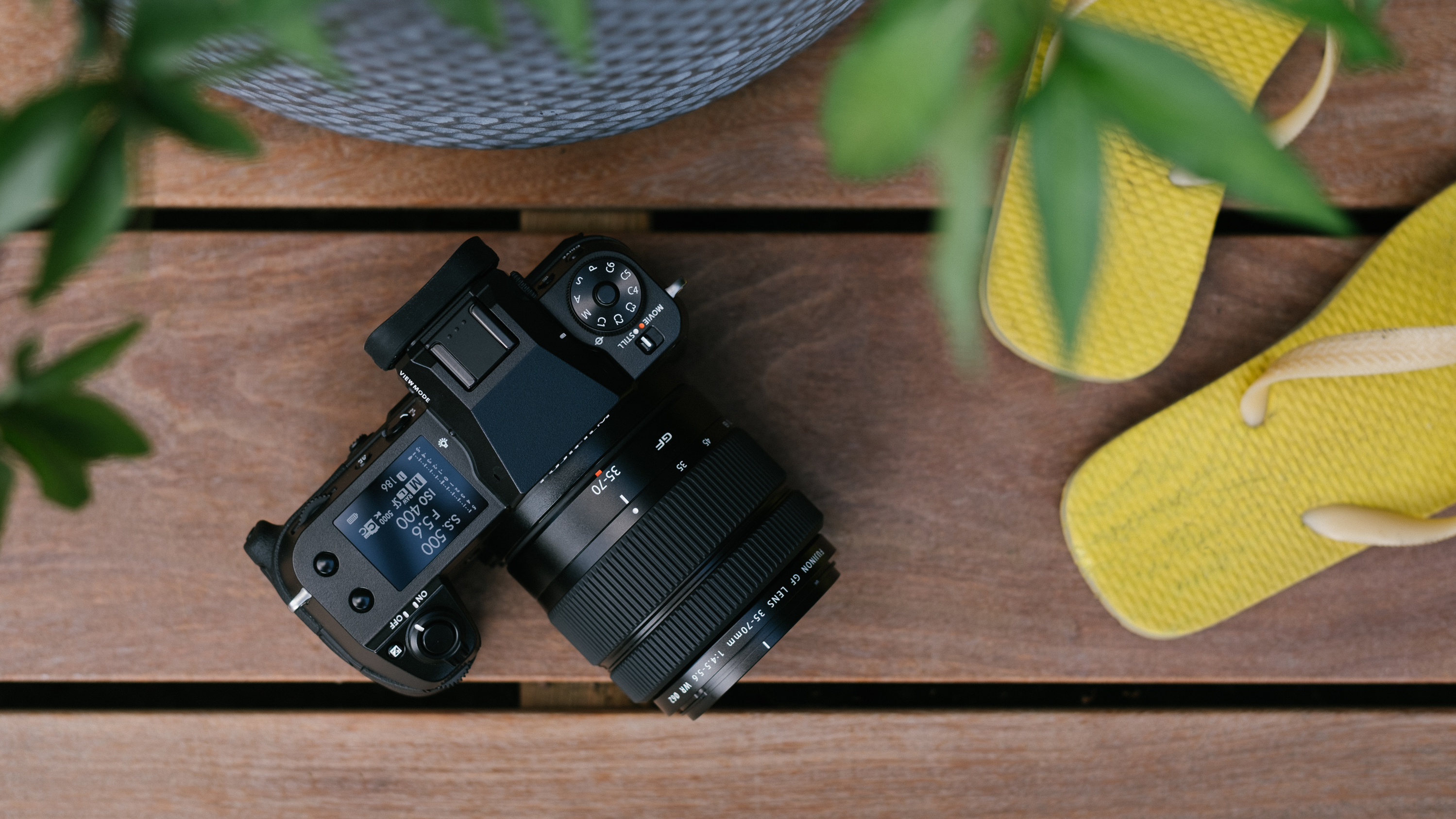
GFX50S II: medium format made affordable
Fujifilm arguably pioneered the idea of affordable medium format cameras with the original GFX50S, which was a fraction of the price of regular medium format cameras at that time.
The GFX50S II takes this a step further, with a new, lower price point but improved features and technology too. With a price of $3999/£3499 body only, and $4499/£3899 with its new GF35-70mmF4.5-5.6 kit lens, it costs no more than many high-end full frame cameras, and less than a couple of them.
The new GF35-70mmF4.5-5.6 kit lens is part of this plan, offering users a medium format camera and lens combination for less than ever before.
Get the Digital Camera World Newsletter
The best camera deals, reviews, product advice, and unmissable photography news, direct to your inbox!
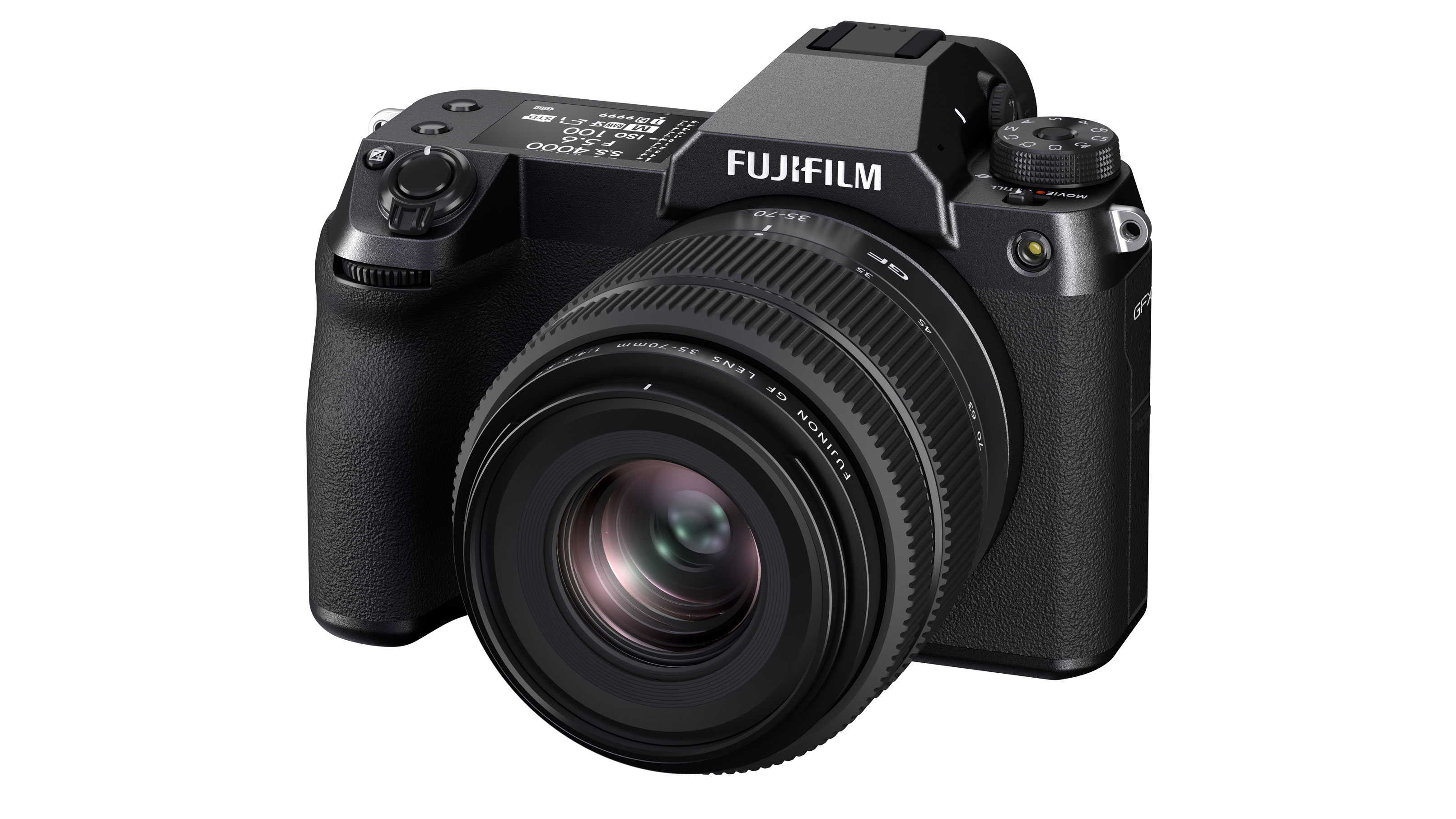
Fujifilm GFX50S II key features
Fujifilm’s medium format mantra is “MORE than full frame”. It has a 51.4MP CMOS sensor measuring 43.8x32.9mm that doesn’t just offer a bigger sensor area, but bigger photosites too. Fujifilm quotes a pixel pitch of 5.3 microns, compared to 4.39 microns for the Canon EOS R5 and 3.76 microns for the Sony A7R IV.
Bigger photosites mean more light-gathering power, less noise and increased dynamic range, and Fujifilm is really pushing these advantages of its larger sensor format.
This sensor is teamed up with Fujifilm’s quad-core X-Processor 4 processor, and a new, updated Contrast Rapid AF system. Fujifilm has stuck with contrast AF for this camera (only the more expensive GFX100S has phase-detect autofocus) but we suspect that may be a restriction of this particular sensor. This also affects the video resolution… more below.
Fujifilm does say that the uprated AF now has a response time as short as 0.272sec, is sensitive down to -3.5EV (at f/1.7), has upgraded AF Tracking and Face/Eye detection and offers focus bracketing too. Interestingly, Fujifilm says the sensor stabilisation is a factor in improving the AF performance as it keeps the image steadier.
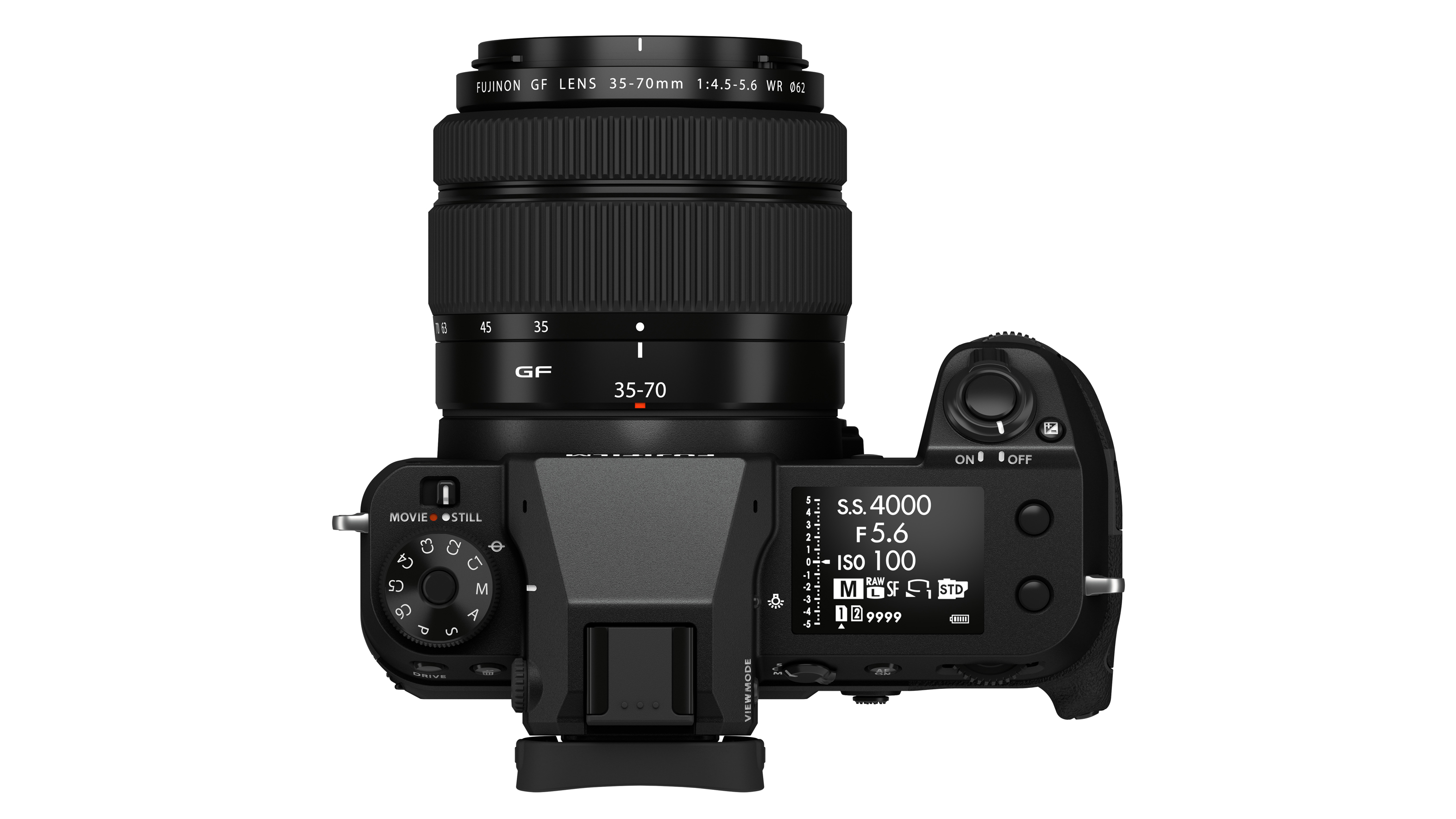
The good news (the VERY good news) is that Fujifilm has incorporated the in-body stabilization system first seen on the GFX100. This alone is reason enough to upgrade from the old GFX50S/50R, and it’s especially impressive to get IBIS in a medium format camera at this price. Indeed, Fujifilm is claiming improved stabilisation of up to 6.5 stops compensation, depending on the lens used. This is typically half a stop better than the GFX100S.
This stabilization system also allows the inclusion of a high resolution Pixel Shift Multi Shot mode that can produce 205-megapixel images from 16 individual frames capture with half-pixel shifts between each – though you will need to use Fujifilm’s Pixel Shift Combiner software on a computer to assemble them.
Anyone hoping for 4K video, however, will be disappointed. The GFX50S II sticks with full HD 1080 capture, and we’re told that this is a restriction of this particular sensor. Video capture is 4:2:0 8-bit, but there is a generous 2hr recording limit and it does support 180-degree shutter angles, i.e. 1/48sec and 1/96sec shutter speeds. You can record to the cameras’s dual SD/SDXC UHS-II card slots internally, via HDMI, or both.
GFX50S II design features
The original GFX50S was pretty bulky, so Fujifilm has adopted the more streamlined design of the GFX100S, ditching the interchangeable viewfinders and swapping to a more conventional mode dial layout on the top, with a 1.8-inch sub LCD monitor on top for key EXIF/shooting information.
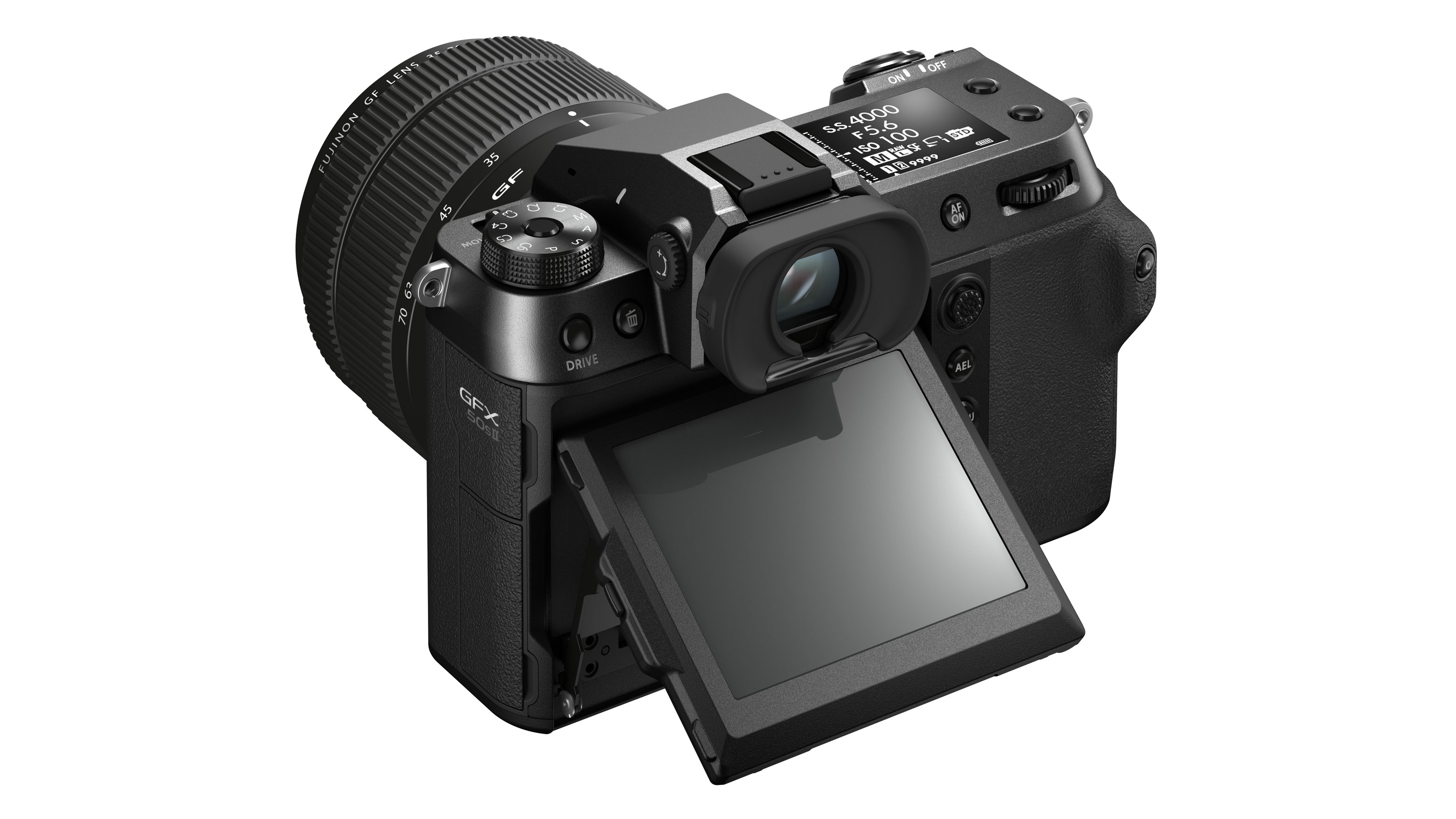
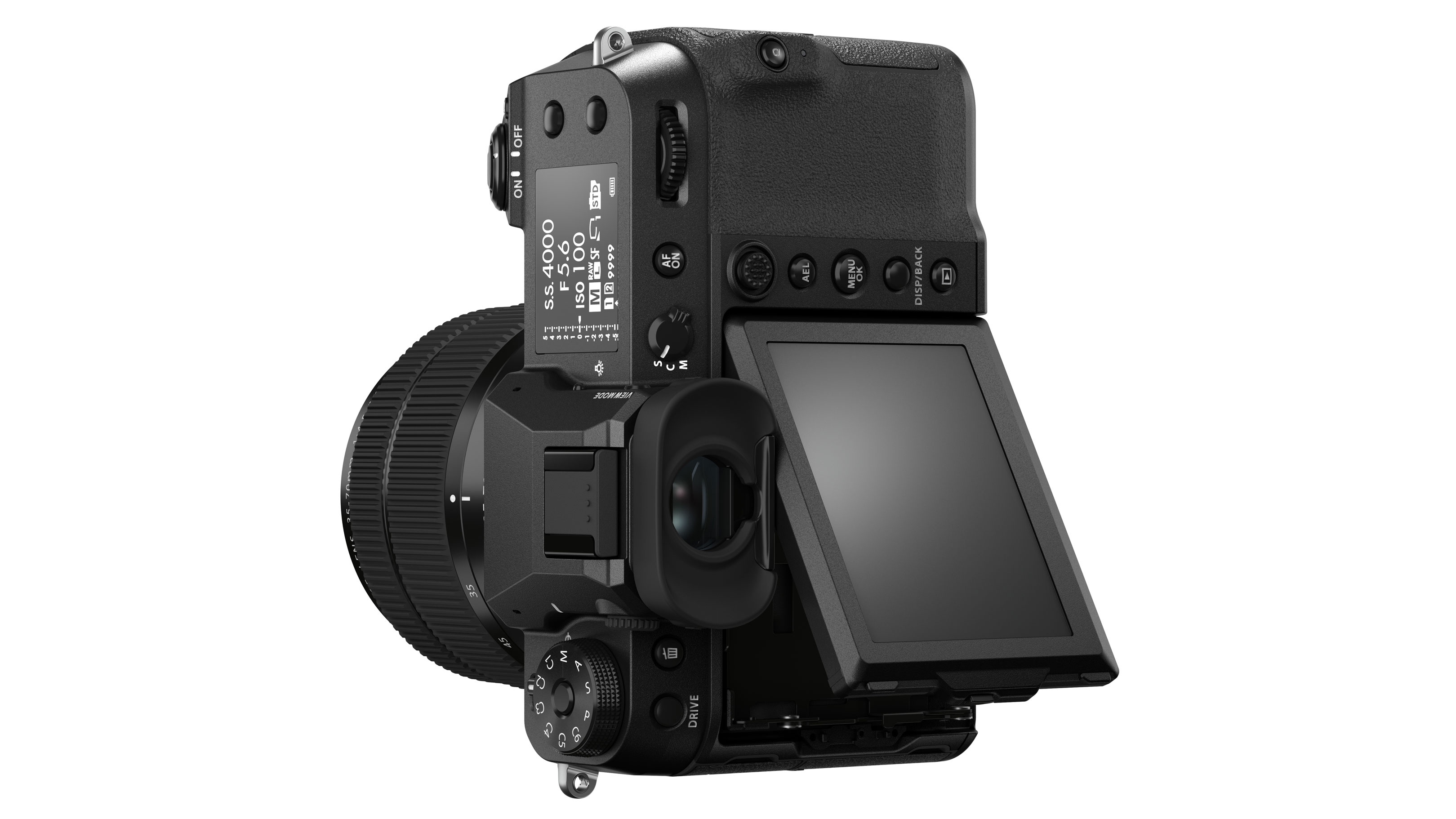
The viewfinder is a 3.69m dot OLED EVF with 0.77x magnification and operating at 50fps, while on the back is a 3.2-inch 2.36m dot three-way tilting touchscreen. Fujifilm has added a new AF joystick on the back, too.
There are twin SD/SDXC UHS-II compatible memory card slots, and the GFX50S II is powered by a NP-W235 2200mAh battery (as used in the Fujifilm X-T4) to offer up to 455 shots on a single charge.
With a weight of 900g, the GFX50S II is no lightweight, but for a medium format camera it’s pretty impressive.
Fujinon GF35-70mmF4.5-5.6 WR kit lens
In keeping with the lower cost of the GFX50S II, Fujifilm has introduced a new low-cost GF35-70mmF4.5-5.6 WR kit lens to go with it. This keeps the price of the camera/lens combo right down – of the issues for previous GFX buyers – while still offering a useable 28-55mm equivalent workaday zoom range.
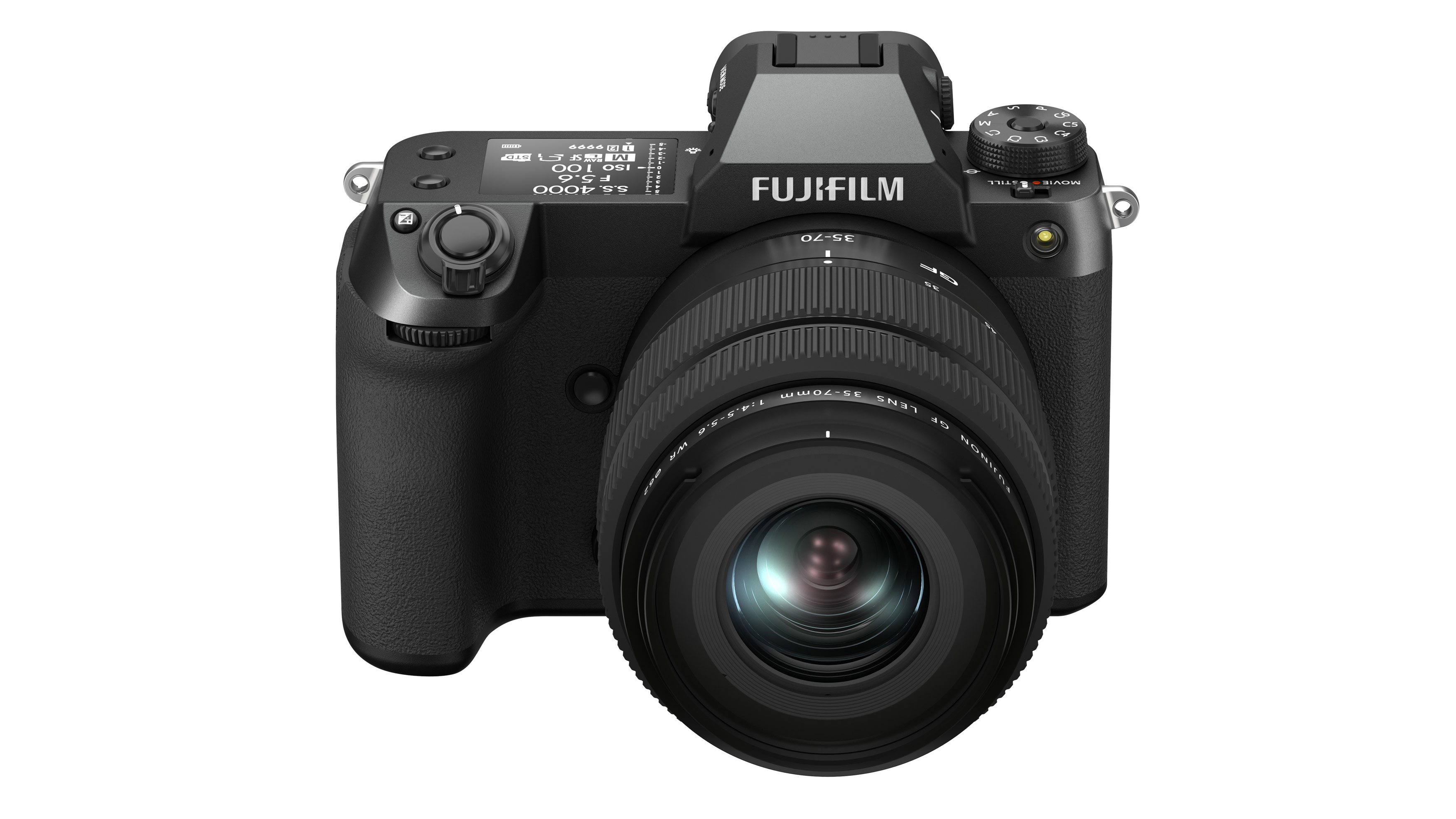
Some corners have been cut – notably the manual aperture ring/switch on other medium format GF lenses, but for those who want a step up in quality, there’s always the existing (albeit bigger and more expensive) GF32-64mm zoom.
You still get quite a lot for your money with the GF35-70mmF4.5-5.6 WR, though. It has fast and silent STM autofocus and it’s weather sealed. The filter size is 62mm, a pretty common size, and it has a minimum focus distance of just 0.35m, so it’s versatile too.
You will be able to buy the GF35-70mmF4.5-5.6 WR on its own for $999/£849, but obviously it’s much better value as part of a kit with the GFX50S II.
Fujifilm GFX50S II price and availability
The GFX50S II is scheduled to go on sale on September 23 for US$3999/£3499/AU$6,499 body only, or US$4499/£3899/AU$7,299 with the GF35-70mmF4.5-5.6 kit lens.
Read more:
• Best medium format cameras
• Best Fujifilm cameras
• Best professional cameras
• Fujifilm GFX100S review

Rod is an independent photography journalist and editor, and a long-standing Digital Camera World contributor, having previously worked as DCW's Group Reviews editor. Before that he has been technique editor on N-Photo, Head of Testing for the photography division and Camera Channel editor on TechRadar, as well as contributing to many other publications. He has been writing about photography technique, photo editing and digital cameras since they first appeared, and before that began his career writing about film photography. He has used and reviewed practically every interchangeable lens camera launched in the past 20 years, from entry-level DSLRs to medium format cameras, together with lenses, tripods, gimbals, light meters, camera bags and more. Rod has his own camera gear blog at fotovolo.com but also writes about photo-editing applications and techniques at lifeafterphotoshop.com
